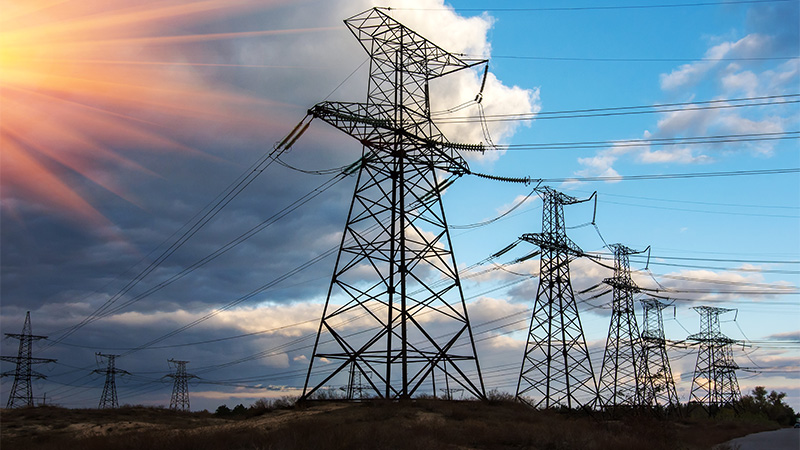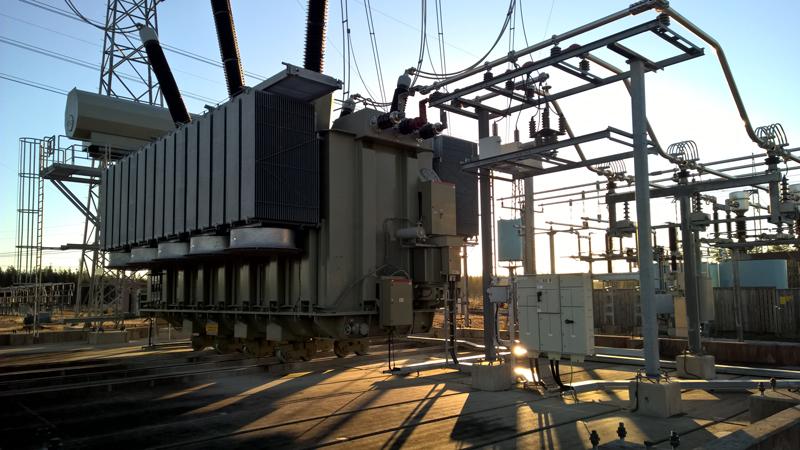transformerLIFE Centre Researchers Choose Vaisala Sensors
The transformerLIFE Centre in Australia is an international leader in research into moisture in paper-oil insulation systems
The transformerLIFE Centre was established in 2005 under a grant of the State Government of Victoria, Australia, supported by Monash University and a consortium of 16 national and international companies. The purpose of the Centre is to develop new and enhanced knowledge, techniques, products and intellectual property for the electricity industry, with an emphasis on power transformers. It features a special test transformer, built by Wilson Transformer Company in 2006.
Research into transformers commenced in 1994, when EPRI (Electric Power Research Institute, USA) launched a project for studying moisture and ageing phenomena in transformer paper-oil systems at Monash University. The Centre’s research caters for power utilities and other transformer users, manufacturers of transformers, solid insulation and transformer oil, testing and monitoring equipment, service providers, insurance companies and research organizations. Results are also used for the development of national and international standards, reference materials for CIGRE (International Council on Large Electric Systems) and educational programs for professional training.
These audiences rely on the Centre to provide capability and knowledge, which directly influences their business decisions with regard to the behavior of transformers. Getting the most out of the transformer lifecycle A transformer is one of the critical elements of a power system, and it is important to make timely decisions related to maintenance, utilization, replacement and optimum operation of this asset. The biggest challenge for utilities operating transformers is to utilize the transformer capabilities to the maximum extent without compromising the insulation integrity, overall transformer reliability and risk of failure.
Transformer lifecycle is a key parameter when estimating the cost of a transformer ownership. This cost includes not only the initial transformer cost, but also the cost to operate and maintain the transformer over its life span. A transformer life is determined by the life of its insulation.Utilities increasingly operate their transformers up to and beyond the nameplate rating and therefore up to and beyond their expected life. This results in the accelerated aging of the transformer insulation, reduction of its useful life and, consequently, increase of the cost of asset ownership. Therefore, accurate prediction and intelligent management of the transformer life is an important economic issue.

Test transformer fitted with over 60 sensors
The Centre’s test transformer serves many purposes – it is used as a research rig, physical model, test bed and an educational tool. It is fitted with more than 60 on-line sensors that in addition to the electrical parameters such as current, voltage, active and reactive power, harmonics, etc., monitor temperature, moisture, oil flow rate, pressure and other parameters in various locations of the transformer.
Among these sensors are 16 fibre-optic temperature sensors located in the windings and five Vaisala moisture and temperature transmitters located at the top and bottom of the tank, in the top and bottom cooling pipes and in the conservator fitted with an air bag. During a decade of extensive use and testing, the Centre has found the Vaisala sensors reliable, accurate, easy-to-set and user-friendly.
Samples of paper and oil are taken from the transformer regularly for various laboratory tests and ageing studies. Five round glass windows in the walls and lid of the tank allow observation and video recording of water vapor bubbles during overload studies.
The test transformer can replicate normal loading and overloading conditions for thermal modeling. It enables the studying and improvement of the thermal capability and cooling efficiency of transformers, as well as replicating and improving factory tests, and establishing equilibrium temperature and moisture conditions in its paper-oil system – the conditions in which accurate measurements can be taken for validation of algorithms being developed. It also allows the moisture content of insulation to be changed for further moisture studies and modeling. The transformer is effectively used for teaching and training demonstrations of the thermodynamic behavior of a power transformer.
On-line moisture measurement, best practices
The number and location of the moisture sensors in a transformer are one of the most important questions a user should consider. It is too common to install a sensor wherever a convenient port is. Often, the locations like the bottom oil drain valve or the conservator oil filling pipe are not suitable for placing the sensor because of poor or no oil circulation.
The selection of a good location depends on individual transformer design, size and the type of cooling system. As a rule of thumb, a moisture probe should be installed in the oil circulation path at a high temperature location. The radiator headers, both top and bottom, are among the transformerLIFE Centre researchers’ favorite spots. These locations are also useful for evaluation of the cooling efficiency and effectiveness of on-line dryout.
Choosing a robust, reliable and high-quality transmitter ensures accurate measurement results and well-informed operations.
The article was first published in Vaisala News 180/2009 (Dr. Valery Davydov / Director / transformerLIFE Centre / Monash University and Dr. Oleg Roizman / Principal Consultant / transformerLIFE Centre & IntellPower / Australia).
